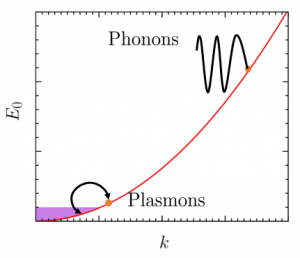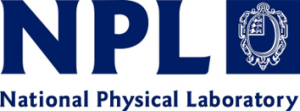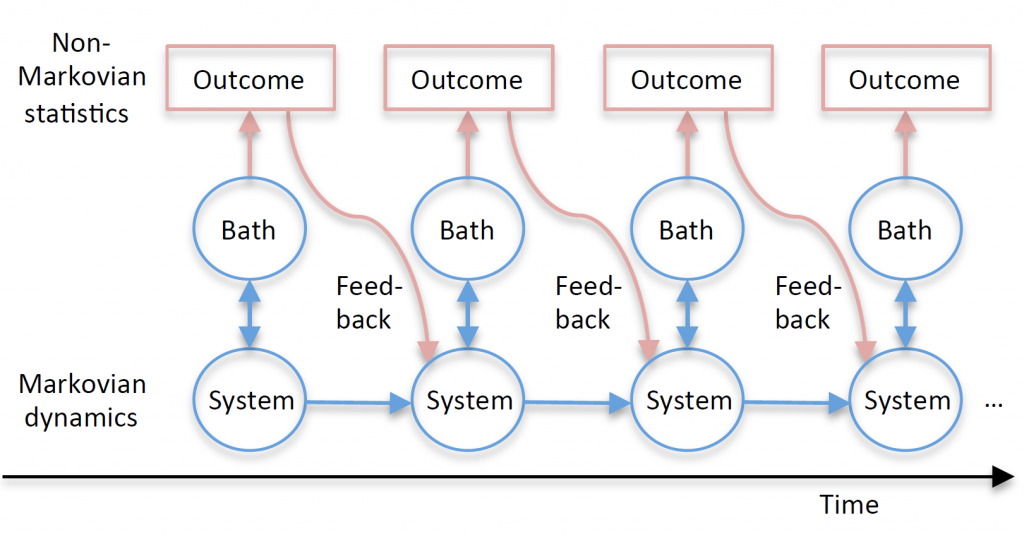Hot electron quantum optics
Quantum dot charge pumps enable electrons to be injected into quantum Hall edge channels at high energy, well above the Fermi sea . Using these electrons, it is possible to realise optics-like experiments. The use of electrons allows us to study different physics than what is available with photons in standard optics.
Understanding how these particles behave is hence critical to enable us to build real devices. Unlike photons, electrons interact with their environment and are subject to relaxation and decoherence as they travel. I am currently involved in research studying such mechanisms, including phonon emission and electron-electron interactions, in particular with applications to electron interferometry. This work is in support of experiments being conducted at the NPL.


Quantum metrology without entanglement
The use of quantum physics enables us to probe nature on a deeper level with a given number of resources available through using phenomena such as entanglement. Typically though, it is difficult to realise such schemes due to the difficulty in creating and maintaining the coherence of such states for more than a handful of these resources.
An alternative method of obtaining quantum enhancements that I have worked on involves monitoring the temporal correlations present in open quantum systems. Monitoring the statistics of the bath of such systems, while using tools such as quantum feedback, it is possible to obtain quantum-enhanced sensitivity of an unknown parameter (“Quantum Jump Metrology”). I am currently working on understanding how these enhancements can be generated and then how they can be applied to physical systems, with potential applications including cavity networks and Hidden Quantum Markov Models.
